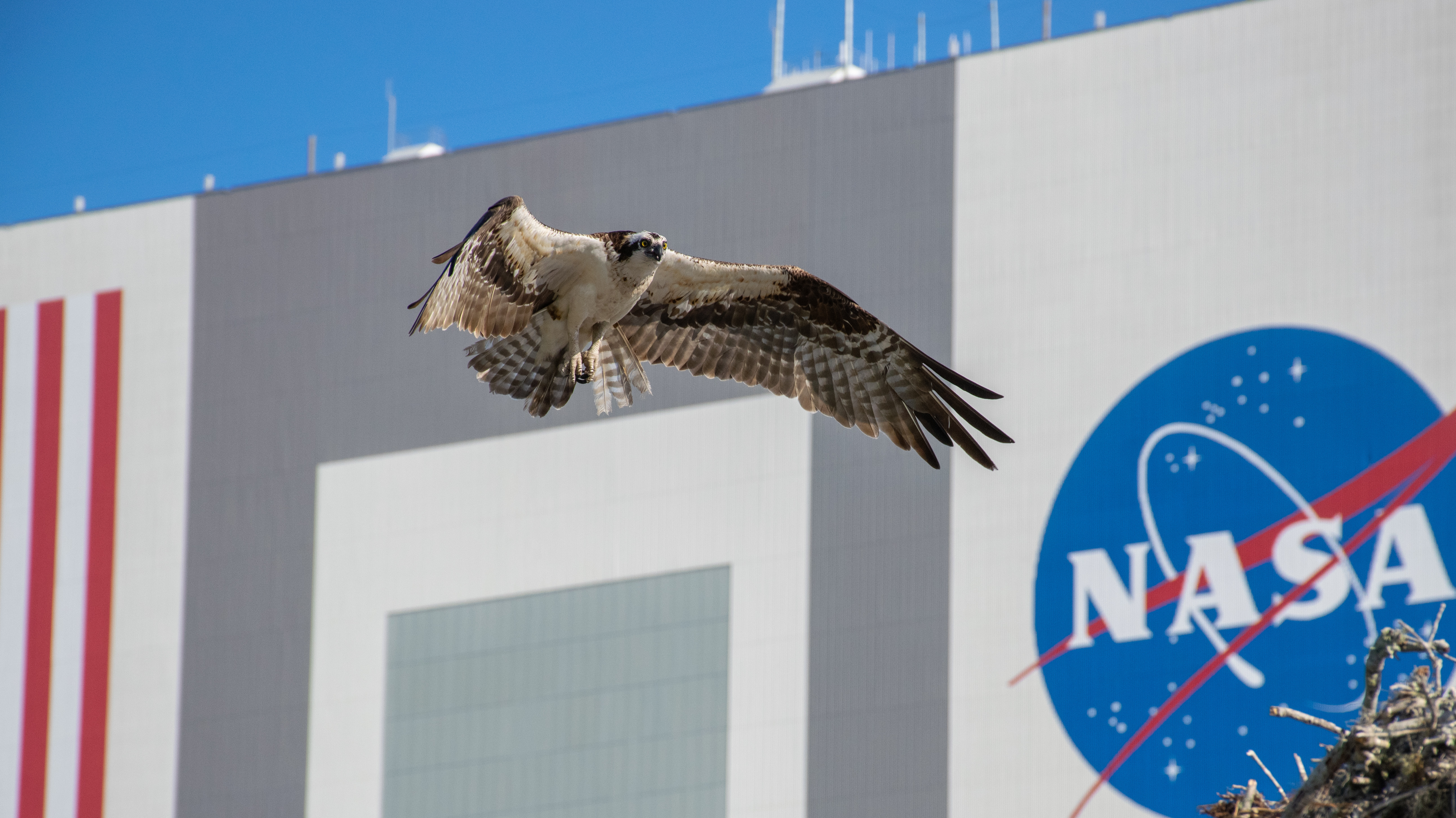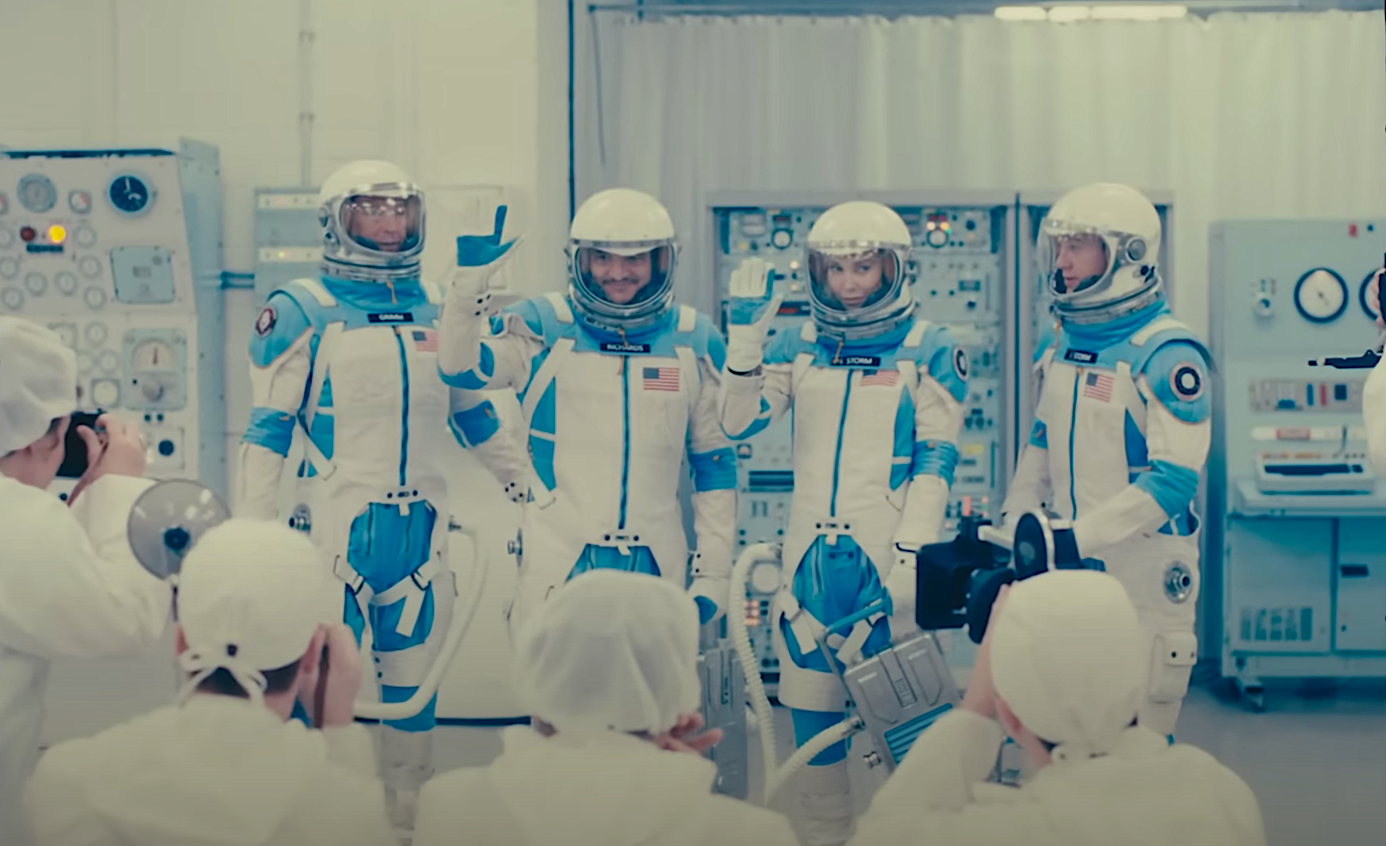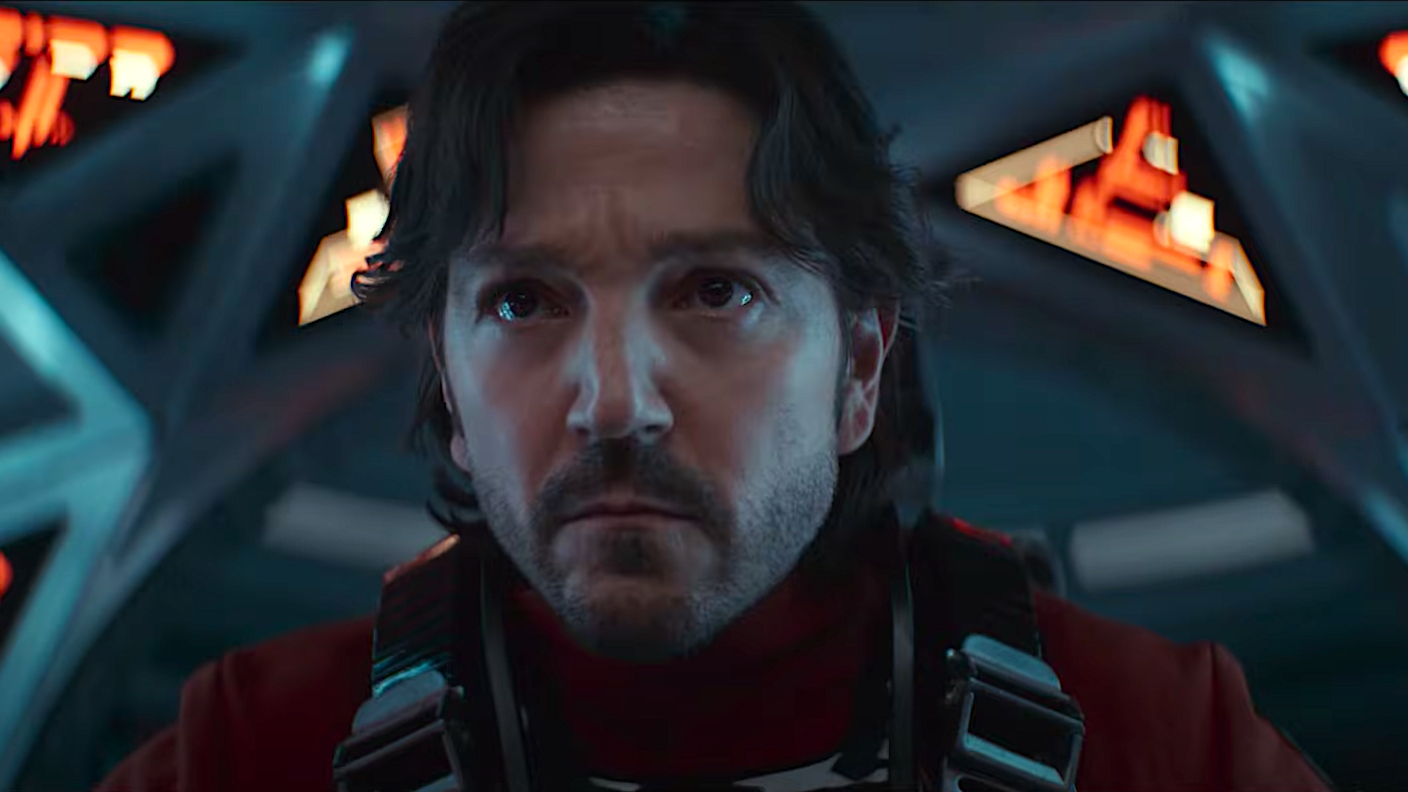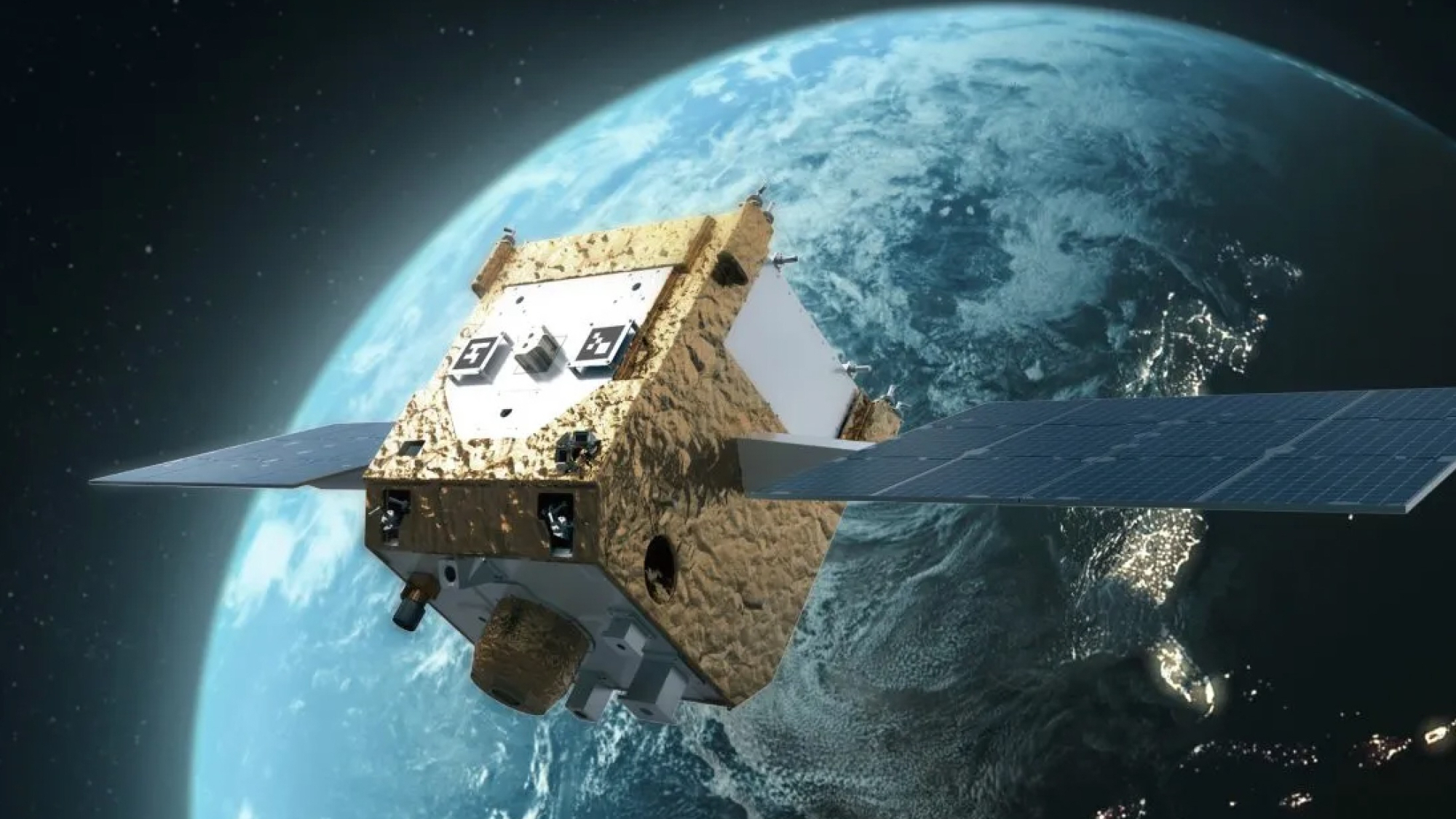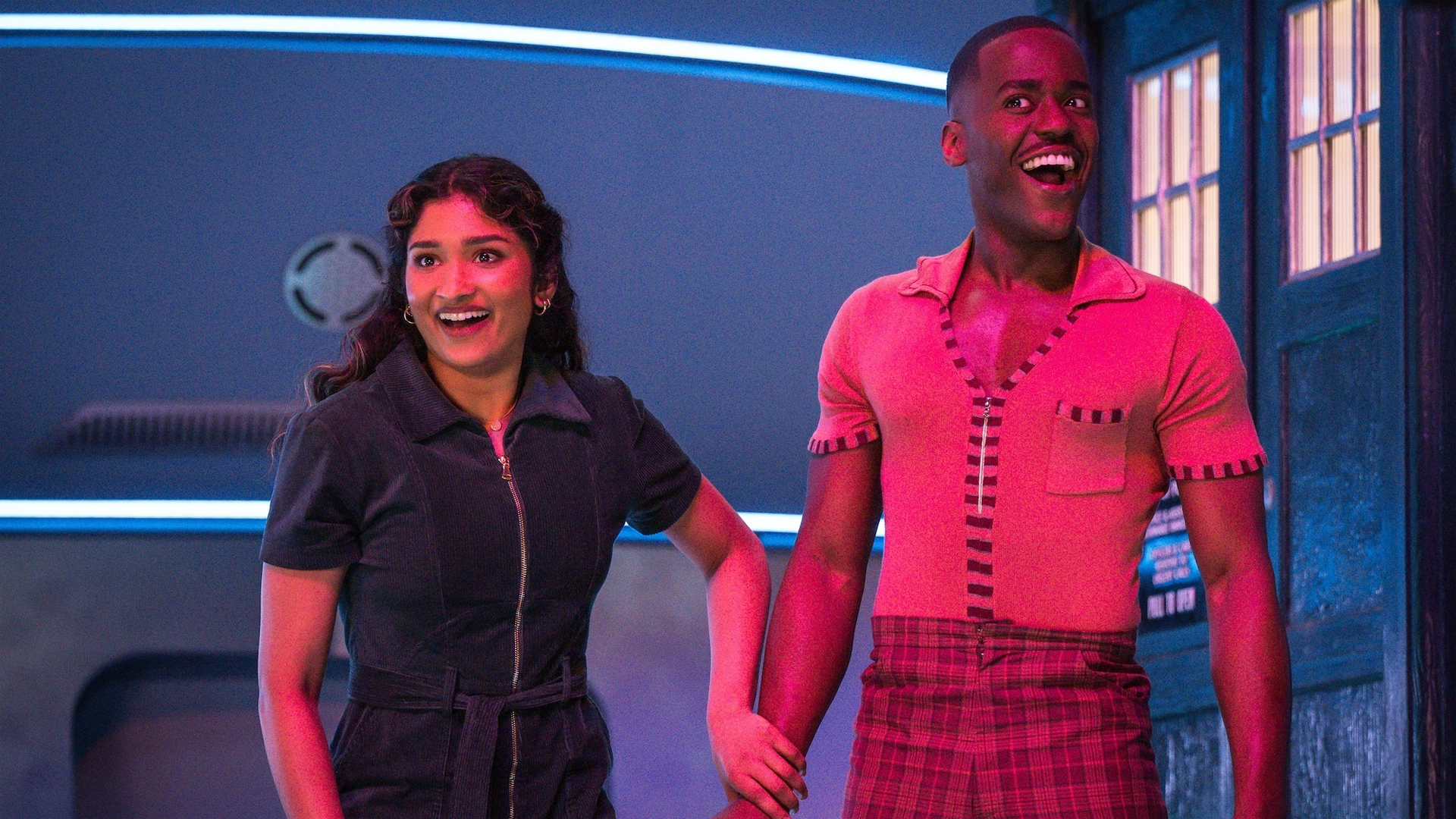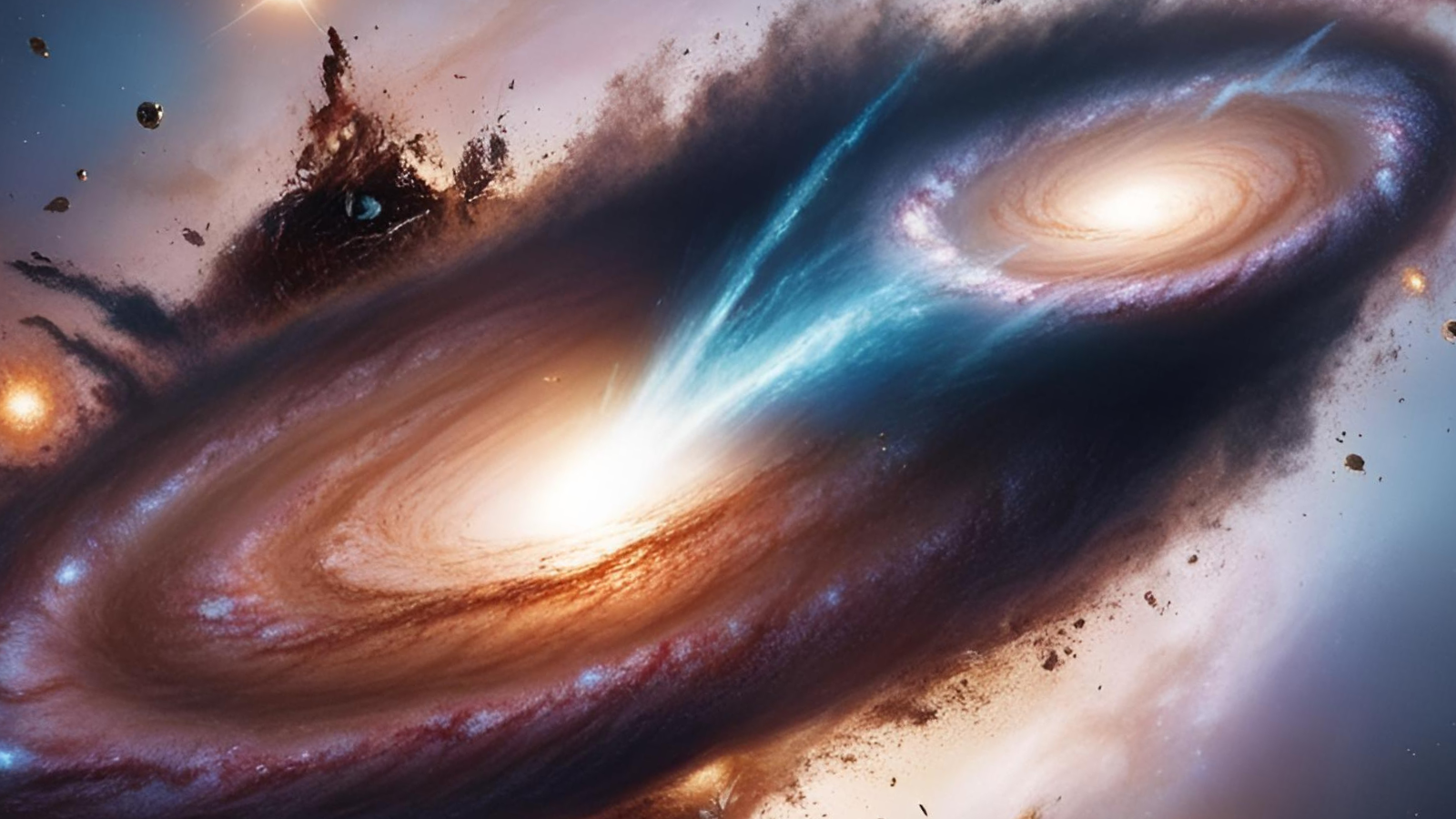Shuttle Commander, Record Spacewalker Chosen for Astronaut Hall of Fame
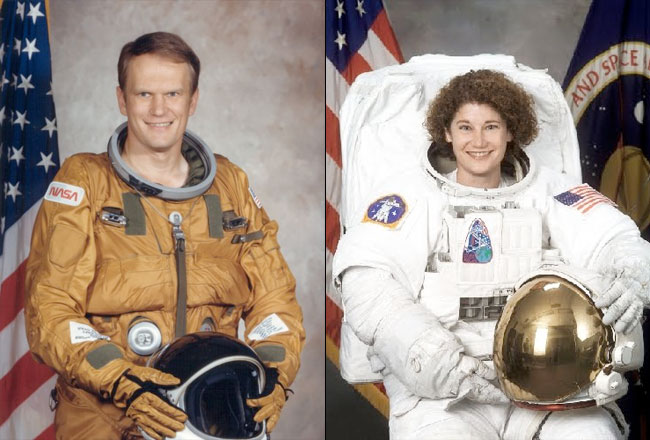
A space shuttle commander who flew two orbiters' maiden flights and a spacewalker who set a duration record working outside the International Space Station (ISS) will be inducted into the U.S. Astronaut Hall of Fame in Florida this May.
Col. Karol "Bo" Bobko (ret.) and Maj. Gen. Susan Helms have been confirmed as inductees by the Astronaut Scholarship Foundation, a not-for-profit organization that oversees the Hall of Fame's annual selections. The two veteran space shuttle fliers will be added to the 77 spaceflyers honored in the Astronaut Hall of Fame since 1990, including all of the Mercury, Gemini and Apollo program pioneers.
An induction ceremony is scheduled for May 7 at NASA's Kennedy Space Center Visitor Complex, which the Astronaut Hall of Fame is a part. The event follows by two days the 50th anniversary of first American astronaut — and Hall of Fame inductee
— Alan Shepard's historic 1961 flight, which lifted off from a nearby Cape Canaveral launch pad.
The Astronaut Scholarship Foundation will host a gala in Bobko's and Helms' honor on on May 6, with many of the Hall's prior inductees expected to attend.
First flights after 14 years
A veteran of three spaceflights including the first missions for the space shuttles Challenger and Atlantis, Karol "Bo" Bobko was first chosen to fly in space in 1966, but not by NASA.
Get the Space.com Newsletter
Breaking space news, the latest updates on rocket launches, skywatching events and more!
Bobko was recruited to train as an astronaut for the military's own space station program. He was a member of the first class to graduate from the U.S. Air Force Academy and later attended the Aerospace Research Pilots School at the Edwards Air Force Base in California.
Bobko would have flown on board the Air Force's Manned Orbiting Laboratory (MOL), performing reconnaissance among other activities, had the project not been canceled in 1969.
Bobko then transferred that year to NASA with other MOL astronauts, including earlier Hall of Fame inductees Bob Crippen, Gordon Fullerton, Hank Hartsfield and Dick Truly. And like his MOL colleagues, Bobko did not make his first spaceflight until nearly a decade and a half later.
In the intervening 14 years, Bobko served in support roles including the Skylab Medical Experiments Altitude Test (SMEAT), a 56-day simulation of a space station mission, and on support crews for the Apollo-Soyuz Test Project and the space shuttle Enterprise's Approach and Landing Test flights.
Bobko finally launched on his maiden mission in 1983 on the first flight of space shuttle Challenger, NASA's second orbiter to fly. Filling the pilot seat for the five-day STS-6 mission, he and his crewmates accomplished the shuttle program's first spacewalk and deployed the first Tracking and Data Relay Satellite, TDRS-1.
Bobko's second flight was his first serving as commander. Launched in April 1985, STS-51D was shuttle Discovery's fourth flight and marked the first time a sitting member of Congress, Senator Jake Garn, flew in space. The seven day mission deployed two satellites and included the first unscheduled spacewalk to activate a switch on one of the two satellites.
Bobko's third and final mission marked the introduction of NASA's fourth shuttle, Atlantis, to spaceflight. STS-51J in October 1985 was the second mission dedicated solely to Department of Defense activities, including the deployment of two satellites. The classified mission was just four days in duration.
Bobko retired from NASA and the Air Force in 1988 to join private industry. He held positions at Booz Allen Hamilton and later Spacehab before joining Science Applications International Corporation (SAIC) in 2005, where he serves as program manager for NASA's Ames Research Center's Simulation Laboratories.
Since 1999, Bobko served as president of the U.S. branch of the Association of Space Explorers, a professional and educational non-profit organization for the men and women who have flown in space.
Stationed in space — in orbit and on the ground
Air Force Maj. Gen. Susan Helms was the first U.S. military woman to fly in space. She is a veteran of five shuttle missions and served 163 days aboard the International Space Station.
She served as an Air Force flight test engineer and flew in 30 different types of U.S. and Canadian military aircraft before being selected as a NASA astronaut in 1990.
As an STS-102 mission specialist prior to moving onto the space station program and becoming an Expedition 2 flight engineer in 2001.
On that mission, Helms and fellow NASA astronaut Jim Voss, set a world record by making the longest spacewalk to date. For eight hours and 56 minutes, she and Voss worked to install hardware on the outside of the U.S. Destiny lab.
During her almost six months aboard the station, Helms also helped install and test the Canadian-built Canadarm 2 robotic arm and then used it to install the Quest airlock later during the expedition.
A year before arriving with Discovery's STS-102 mission to live on the space station, Helms visited the ISS with the crew of Atlantis' STS-101 mission together with her future Expedition 2 crewmates.
During the nearly 10 day flight — which featured the first orbiter to fly with a glass cockpit — Helms and her fellow crew members outfitted the space station with supplies. [Photos: Building Space Shuttle Discovery]
Helms' third space mission also helped prepare her and NASA for living and working aboard the International Space Station. The longest shuttle mission as of 1996, Columbia's STS-78 crew flew with the fifth Spacelab dedicated to studying the effects of long duration spaceflight on human physiology.
By contrast, Helms first two spaceflights were devoted to deploying satellites and experiments on the space shuttle.
On her first flight, shuttle Endeavour's STS-54 mission in 1993, Helms and her four fellow crew members deployed the fifth Tracking and Data Relay Satellite, TDRS-F.
A year later, on STS-64 aboard Discovery, Helms and her crewmates measured atmospheric parameters using the LIDAR In-Space Technology Experiment, deployed a free-flying retrievable platform to study solar wind, and did the first test of the Simplified Aid for EVA Rescue, a mini jetpack designed to rescue spacewalkers if they became separated from their spacecraft.
After logging more than 5,000 hours in space, Helms left NASA and returned to the Air Force in 2002. Promoted to the rank of Major General in 2009, Helms has continued to serve in space-related posts, including a stint at the Air Force Space Command in Colorado Springs, Colorado and as vice commander of the 45th Space Wing at Patrick Air Force Base, which oversees the nearby Cape Canaveral Air Force Station.
She is currently confirmed for appointment to the grade of lieutenant general with assignment as the commander of the 14th Air Force (Air Forces Strategic-Space), Air Force Space Command; and commander of the Joint Functional Component Command for Space for the U.S. Strategic Command at Vandenberg Air Force Base in California.
Joining the ranks
Bobko and Helms comprise the tenth class of astronauts from the space shuttle program selected for the Astronaut Hall of Fame.
They were chosen by a committee of more than 80 retired NASA officials, historians, journalists and all the members of the Hall of Fame, as organized and managed by the Astronaut Scholarship Foundation.
To have been eligible for consideration in 2011, astronauts needed to have made their first space mission in 1993 or earlier. They also had to be retired from flight status as a NASA commander, pilot or mission specialist for at least five years, be a U.S. citizen; and have orbited the Earth at least once.
You can follow collectSPACE on Twitter @collectSPACE and editor Robert Pearlman @robertpearlman. Copyright 2011 collectSPACE.com. All rights reserved.
Join our Space Forums to keep talking space on the latest missions, night sky and more! And if you have a news tip, correction or comment, let us know at: community@space.com.

Robert Pearlman is a space historian, journalist and the founder and editor of collectSPACE.com, a daily news publication and community devoted to space history with a particular focus on how and where space exploration intersects with pop culture. Pearlman is also a contributing writer for Space.com and co-author of "Space Stations: The Art, Science, and Reality of Working in Space” published by Smithsonian Books in 2018.In 2009, he was inducted into the U.S. Space Camp Hall of Fame in Huntsville, Alabama. In 2021, he was honored by the American Astronautical Society with the Ordway Award for Sustained Excellence in Spaceflight History. In 2023, the National Space Club Florida Committee recognized Pearlman with the Kolcum News and Communications Award for excellence in telling the space story along the Space Coast and throughout the world.





